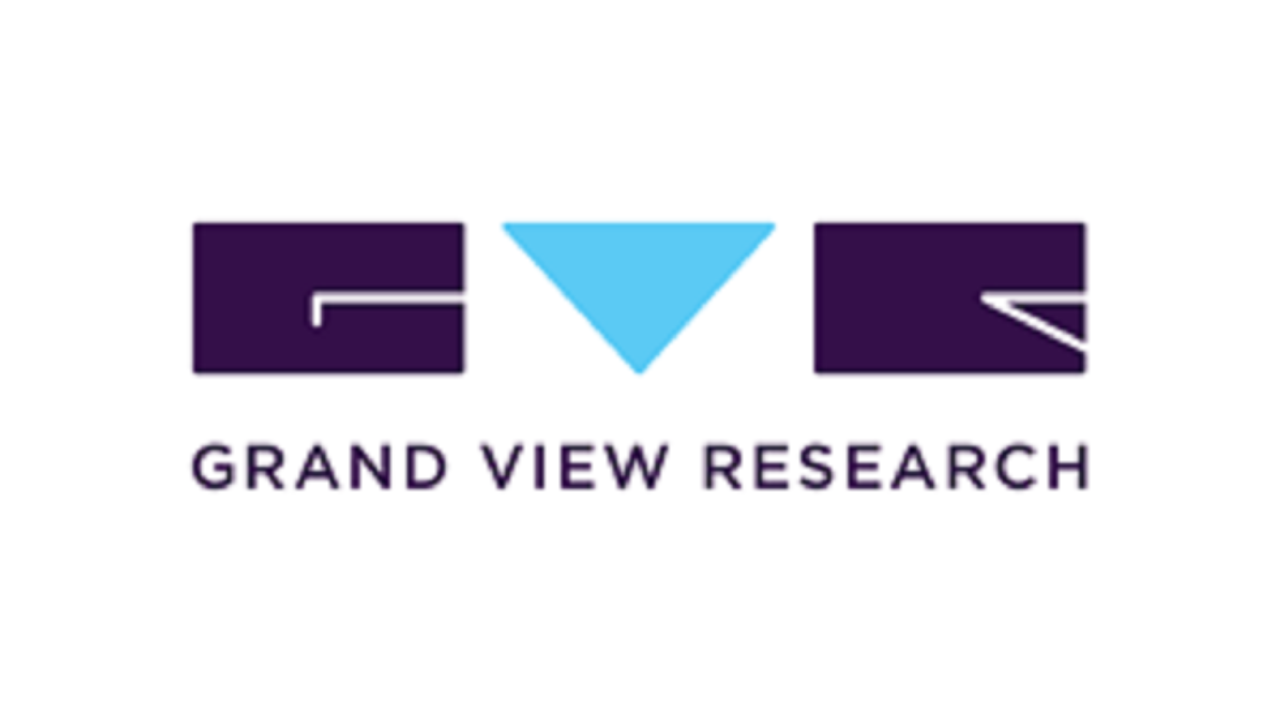Hydroxyethyl Cellulose Market Growth Projections 2022-2030: Industry Insights

The global hydroxyethyl cellulose market size was valued at USD 813.9 million in 2021 and is projected to reach USD 1.2 billion by 2030, growing at a CAGR of 4.5% from 2022 to 2030. The market growth is primarily driven by the increasing utilization of hydroxyethyl cellulose across a wide range of end-use industries, including construction, paints and coatings, textiles, food, pharmaceuticals, paper and printing inks, personal care and cosmetics, as well as oilfields. Its versatility and functional properties make it a highly sought-after ingredient in these sectors, supporting steady demand over the forecast period.
The hydroxyethyl cellulose market is highly competitive due to the presence of numerous players striving to achieve a strong market position through high product quality, robust distribution networks, and various strategic initiatives. Collectively, these key players account for a significant portion of the market, holding approximately 70-75% of the total market share.
Leading manufacturers differentiate themselves by offering distinct product grades, including pharmaceutical, application-specific, and industrial grades, which allow them to cater to diverse industry needs and gain a competitive advantage. The demand for hydroxyethyl cellulose is expected to be particularly influenced by the growth of the construction and infrastructure sectors, as well as increased oil and gas exploration activities. Expansion in the construction industry is driving higher consumption of building materials, while the rising adoption of water-borne paints and coatings, especially in architectural applications, is further contributing to the market growth.
Key Market Trends & Insights:
• The Asia-Pacific region dominated the global hydroxyethyl cellulose market, accounting for the largest revenue share of 54.6% in 2021. This leadership position is attributed to the region’s rapid industrialization, expanding construction and infrastructure activities, and growing adoption of water-borne paints and coatings in residential, commercial, and industrial applications. Countries such as China, India, and Japan are witnessing substantial demand for hydroxyethyl cellulose due to their large-scale construction projects, increasing urbanization, and rising industrial output, all of which drive the consumption of HEC across multiple end-use sectors.
• Europe accounted for the second-largest revenue share in the hydroxyethyl cellulose market. The region’s market growth is supported by stringent quality standards, advanced manufacturing capabilities, and increasing adoption of environmentally friendly and water-based products across industries such as paints, coatings, personal care, and pharmaceuticals. European manufacturers are also investing in product innovation and technological advancements to meet the rising demand for high-performance hydroxyethyl cellulose grades.
• By application, the water-borne paints and coatings segment dominated the market in 2021, capturing the largest revenue share of 25.4%. This segment’s prominence is due to the increasing preference for eco-friendly, low-VOC (volatile organic compounds) coatings in architectural and industrial applications. Water-borne paints and coatings rely on hydroxyethyl cellulose for its excellent thickening, rheology-modifying, and stabilizing properties, which improve product performance, ease of application, and durability. The growing construction industry, along with heightened environmental awareness and regulatory mandates promoting sustainable coating solutions, is expected to further reinforce the dominance of this application segment in the hydroxyethyl cellulose market.
Order a free sample PDF of the Hydroxyethyl Cellulose Market Intelligence Study, published by Grand View Research.
Market Size & Forecast:
• 2021 Market Size: USD 813.9 Million
• 2030 Projected Market Size: USD 1.2 Billion
• CAGR (2022-2030): 4.5%
• Asia Pacific: Largest market in 2021
Key Companies & Market Share Insights:
The competitive landscape of the hydroxyethyl cellulose (HEC) market is largely influenced by factors such as the specific product grades offered, the number of manufacturers or sellers operating in the market, and their geographical presence. Manufacturers are actively engaged in continuous research and development, capacity expansion, mergers and acquisitions, and other strategic initiatives to strengthen their market position and gain an edge over competitors. For instance, in March 2021, Ashland Global Holdings Inc. announced plans to expand its Natrosol Hydroxyethyl Cellulose (HEC) production capacity in Nanjing, China. This expansion reflects the company’s broader growth strategy and commitment to investing in key high-demand regions.
In addition to capacity expansion, manufacturers are placing significant emphasis on enhancing their product portfolios through strategic joint ventures with other prominent companies. Over recent years, major players have heavily invested in innovation to support the development of new HEC products, meet rising market demand, and boost revenue streams. By leveraging advanced research capabilities and technology, companies are able to introduce specialized grades and formulations tailored to diverse industrial applications.
To ensure a stable and cost-effective supply of raw materials, many firms have diversified their sourcing channels and implemented vertical integration within their manufacturing processes. Vertical integration allows companies to control the procurement and processing of raw materials, reducing costs and improving efficiency while ensuring consistent product quality. Overall, these strategies—including innovation, partnerships, supply chain optimization, and capacity enhancements—enable leading manufacturers to maintain a competitive advantage in the dynamic hydroxyethyl cellulose market and respond effectively to evolving customer needs across multiple industries.
Key Players
• Ashland
• Dow Chemicals
• Shin-Etsu Chemicals Co., Ltd.
• AkzoNobel N.V.
• Daicel Corporation
• Lotte fine Chemicals
• Chemcolloids Ltd.
• Zhejiang Haishen New Materials Limited
• Yil-Long Chemical Group
• Wuxi Sanyou New Material Technology Co., Ltd.
Explore Horizon Databook – The world's most expansive market intelligence platform developed by Grand View Research.
Conclusion:
The global hydroxyethyl cellulose (HEC) market is experiencing steady growth, driven by its increasing applications across various industries, including construction, paints and coatings, textiles, food, pharmaceuticals, paper and printing inks, personal care and cosmetics, and oilfields. The market is characterized by a competitive landscape with numerous players striving to gain a competitive edge through product quality, distribution networks, and strategic initiatives. Manufacturers are focusing on expanding their production capacities and forming strategic partnerships to meet the rising demand and enhance their market presence.
- Art
- Causes
- Crafts
- Dance
- Drinks
- Film
- Fitness
- Food
- Games
- Gardening
- Health
- Home
- Literature
- Music
- Networking
- Other
- Party
- Religion
- Shopping
- Sports
- Theater
- Wellness


